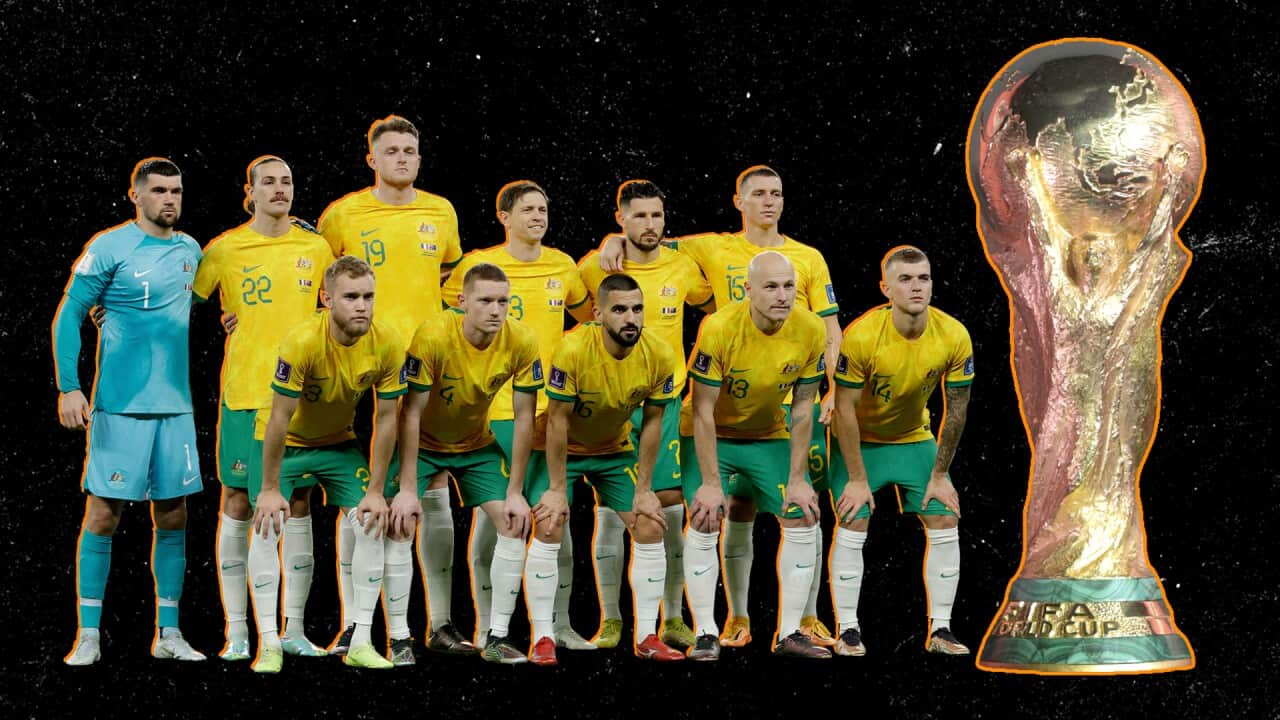The FIFA World Cup has arrived, so here are five things you need to know about the tournament…and some that you don’t!
How does the World Cup work?
There are 32 teams divided up into eight groups of four.
The first stage is known as the group stage where each team plays against the other teams in their group. Teams get three points for a win, one point for a draw and none for a loss.
The winner and runner-up of the group advance to the knockout rounds, with the number of teams halved at each stage.
They’re sudden-death matches, starting with the round of 16, then the quarter-finals, the semi-finals and the final.
All up, the winner will have played seven games.
What are Australia’s chances at the World Cup?
Australia has only got out of the group stage on one of their five appearances at the World Cup.
They are the lowest-ranked team in their group, ranked 38th in the world.
They have already lost to France (4th) and are yet to play Denmark (10th) and Tunisia (30th).
But if you believe in the World Cup curse, Australia could get out of their group!
What is the World Cup curse?
For the last three World Cups, the team that won the previous tournament was knocked out in the group stage of the following tournament.
This phenomenon has become known as the ‘World Cup curse’.
Italy won in 2006 and was eliminated early in 2010, Spain won in 2010 but didn’t get out of their group in 2014.
Germany won in 2014 and was eliminated in the group stage at the last World Cup in 2018.
Who is the most expensive national team?
The English squad is worth an estimated $2.1 billion.

England's Captain Harry Kane is worth an estimated $140 million. Source: Getty / Visionhaus/Visionhaus/Getty Images
France is the next most expensive, with a squad estimated to be worth $1.8 billion. They also have the tournament’s most expensive player, Kylian Mbappé, who is worth an estimated $248 million.

French footballer Kylian Mbappe after winning the World Cup in 2018. Source: Getty / Simon Stacpoole/Offside/Getty Images
What is happening with the stadiums after the tournament?
Qatar built seven out of the eight stadiums for the World Cup but only one of them will remain intact after the tournament.
Five of them will have their seating capacity reduced, with the spare seats offered to countries in need of sporting infrastructure.
Of the remaining two, one will turn into an education hub and the other will be dismantled entirely and the area used as a waterfront business district.










